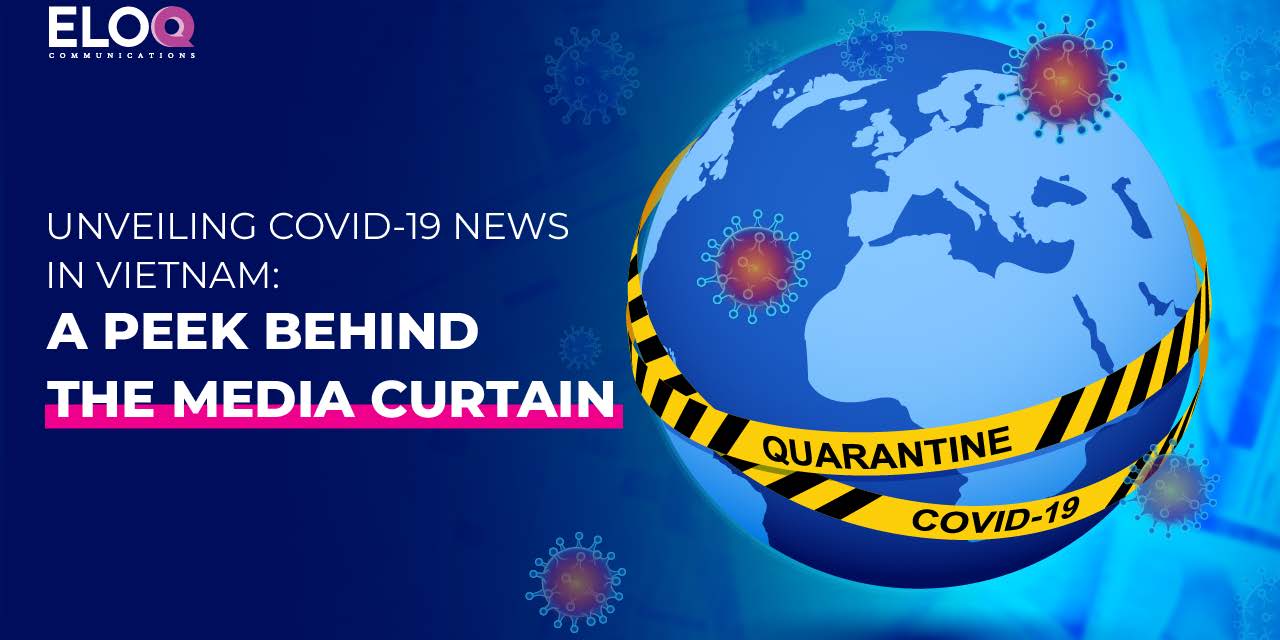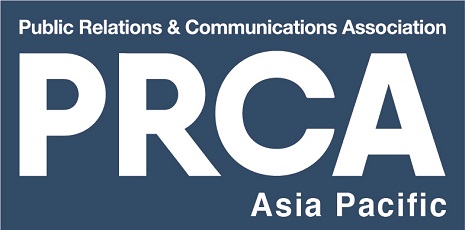Author: Dr. Clāra Ly-Le
EloQ Communications

The way information about health issues is presented in the media holds immense power. In the midst of a global pandemic like COVID-19, this influence becomes even more critical. But have you ever wondered how accurate, informative, and unbiased the news about COVID-19 truly is?
My recent study delved into the coverage of COVID-19 in Vietnam, aiming to pull back the curtain on how information was shared, how accurate it was, and if biases snuck their way into the headlines. Here’s what they uncovered:
The Process of News Creation When it comes to crafting news articles about COVID-19 in Vietnam, journalists primarily relied on political sources. This led to a one-sided view in many articles. The focus was often on presenting facts without delving deeper into analysis or offering potential solutions. As a result, news stories seemed superficial, leaving readers to interpret the information on their own, often leading to increased fear and uncertainty.
Where the Biases Showed Up Biases became clearer during the gathering and editing stages. Articles tended to favor general information and statistics, highlighting the severity of the pandemic while downplaying advancements in vaccination or treatment. The lack of scientific input, along with the overemphasis on certain aspects, left readers with incomplete information and a struggle to separate facts from fiction.
The Role of Media in Public Perception Media plays a significant role in shaping public opinion, especially concerning health issues. However, this study revealed a lack of scientific depth in the majority of articles sampled. This deficiency poses risks, as misinformation can easily spread when credible sources and scientific evidence are missing.
Limitations and the Way Forward The study acknowledged limitations, particularly in its focus on a specific time frame. News coverage during different phases of the pandemic might have varied. And as COVID-19 evolves, so does media coverage. Future studies could explore this further and even consider perspectives from journalists and readers to gain a comprehensive understanding.
What This Means for Everyone Despite its limitations, this research sheds light on how COVID-19 information was disseminated in Vietnamese media. It’s not just about pointing out flaws but about improving news quality. More research from different angles could help news agencies refine their practices, ensuring more accurate, reliable, and comprehensive reporting.
COVID-19 isn’t just a health crisis; it’s an information challenge too. Understanding how news is shaped and presented can help us all navigate this uncertain landscape with better clarity and confidence.
Reference
Ly-Le, T. M. (2023 ). What gets into the media: The case of media bias in Vietnam during COVID-19. Communitas, 28, 103-116. https://doi.org/10.38140/com.v28i.7592
